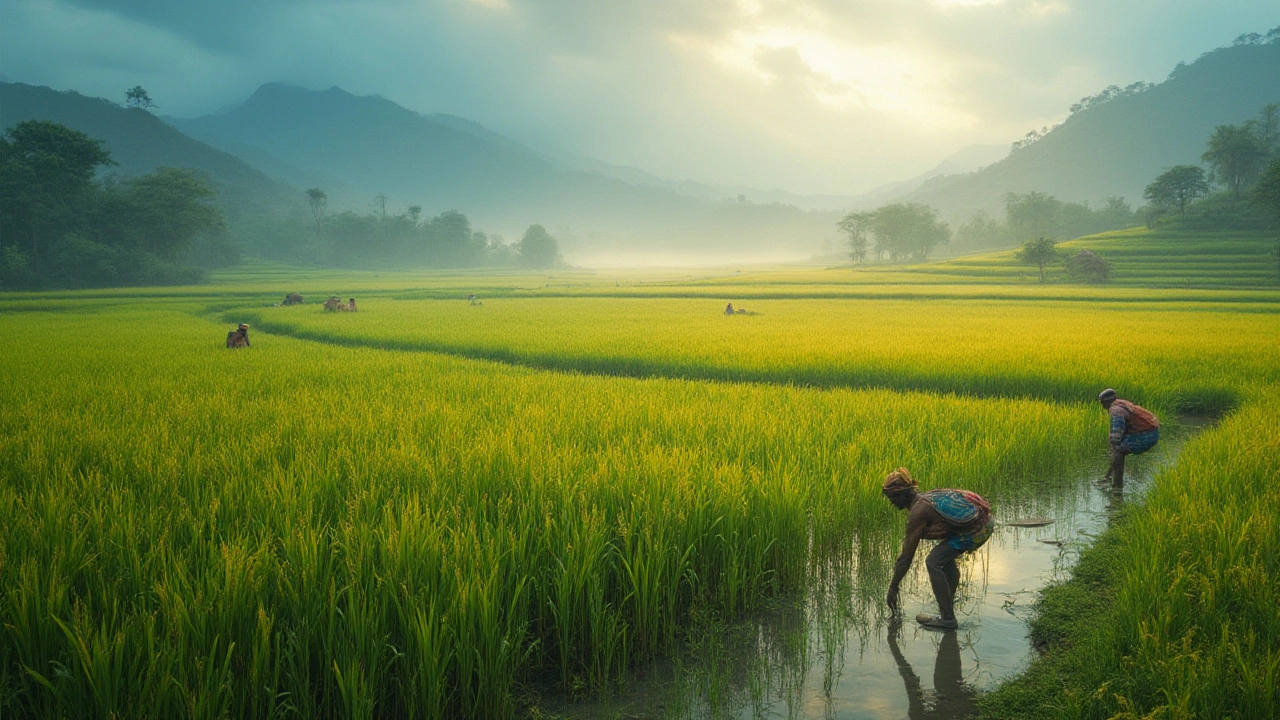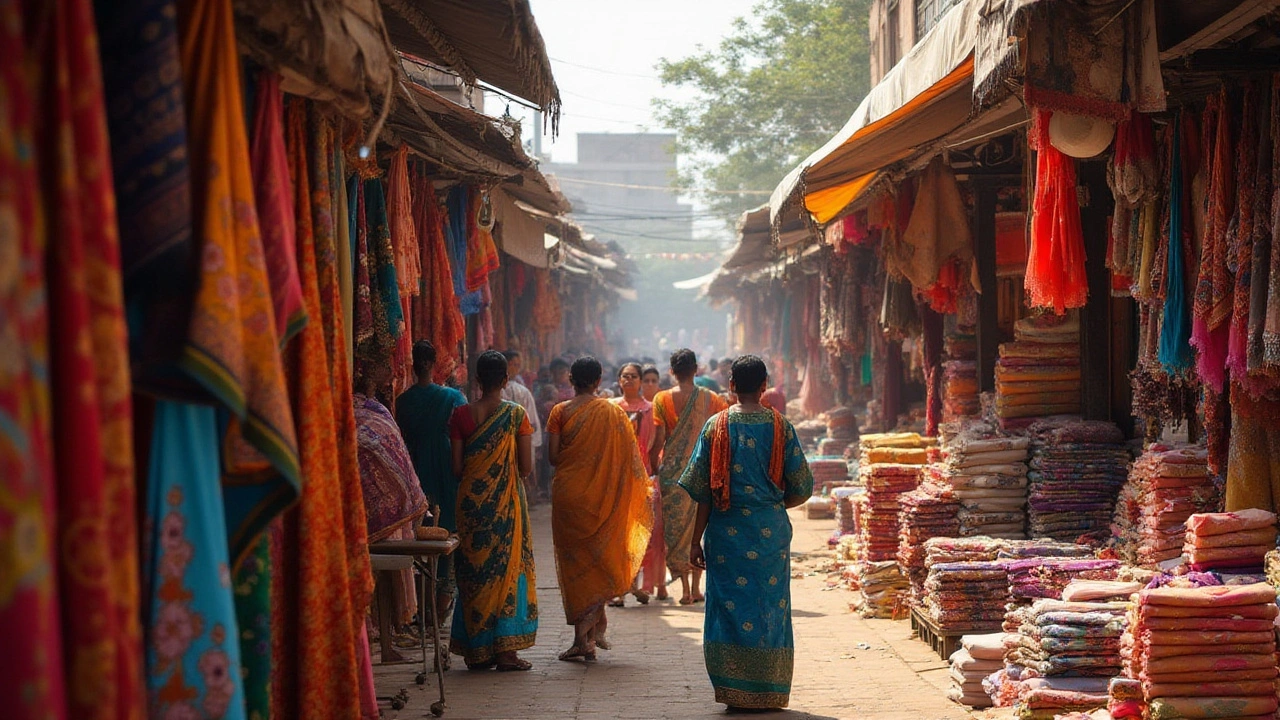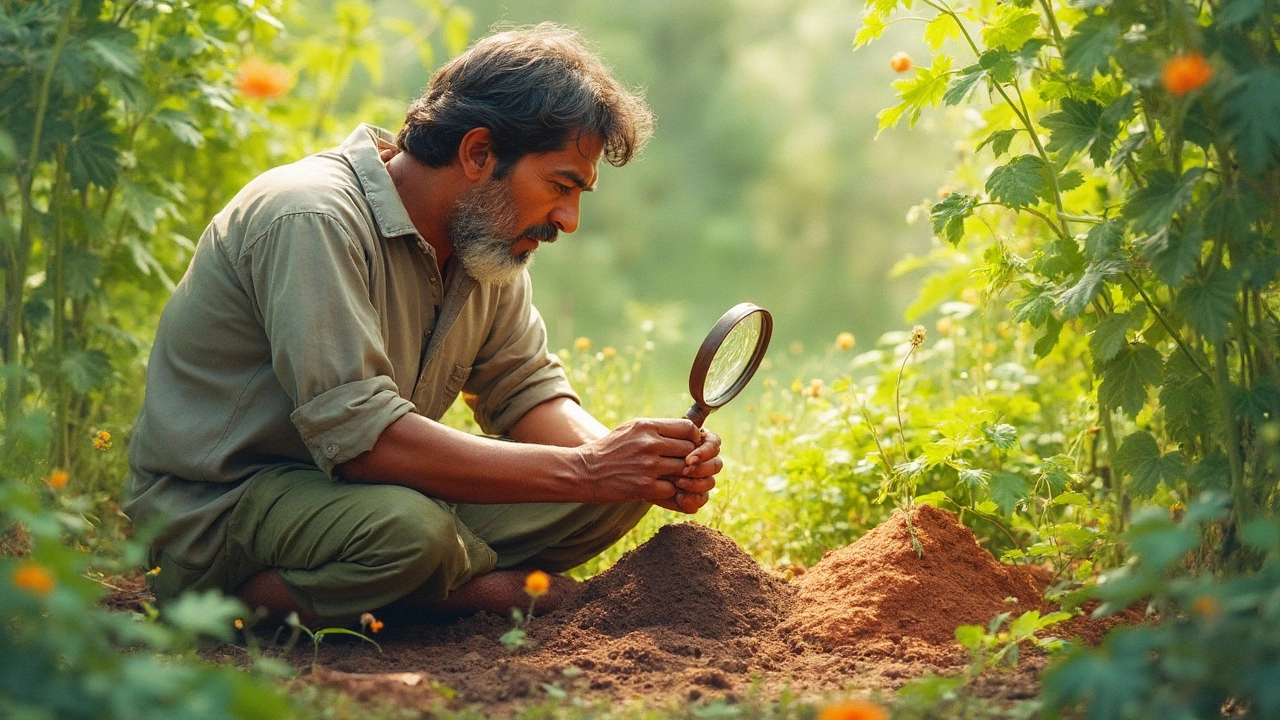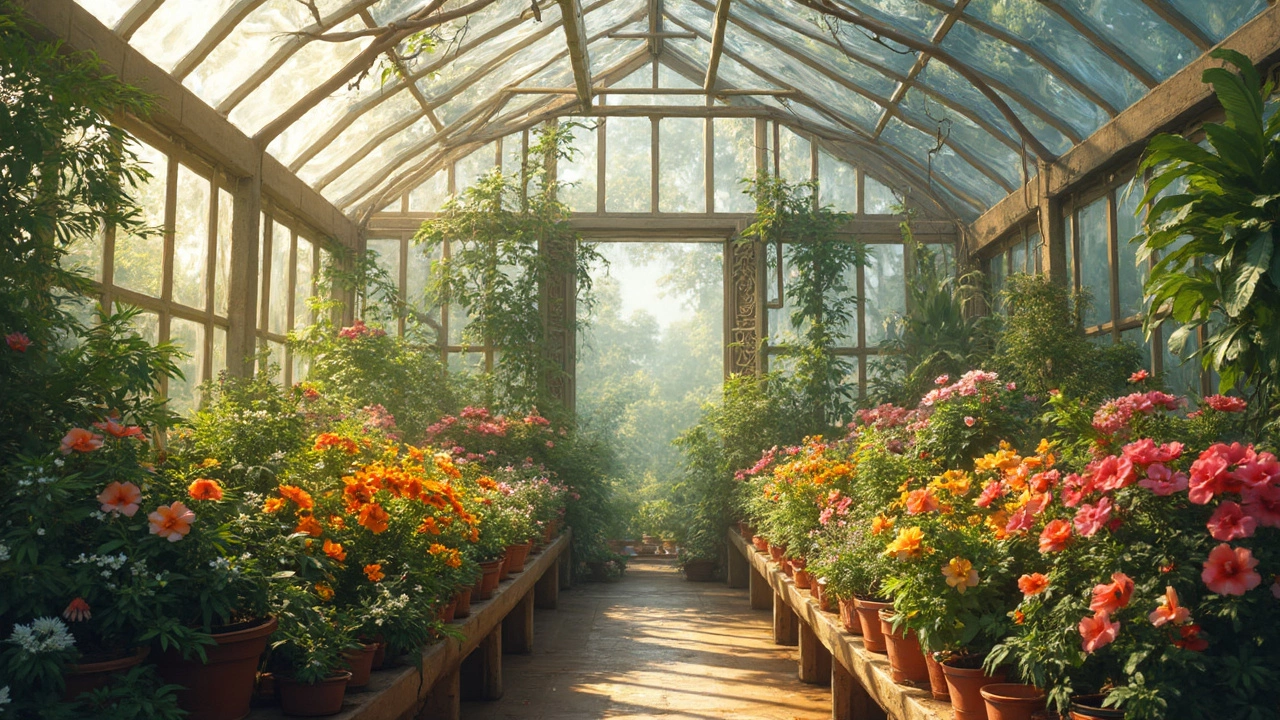Rice Growth Cycle – Every Stage Explained
When talking about rice growth cycle, the series of biological phases a rice plant goes through from seeding to grain maturity. Also known as paddy development, it includes transplanting, tillering, panicle initiation, flowering, and ripening. Understanding this cycle is the foundation of rice cultivation, the practice of growing rice in fields or paddies using appropriate varieties, soil prep, and crop management. Successful cultivation hinges on two key supporting concepts: irrigation, the controlled supply of water to meet a crop's needs and the planting season, the period of the year when rice is sown or transplanted, aligned with climate patterns in India. These three entities interact tightly – the growth cycle dictates water demand, while irrigation and seasonal timing shape how fast each stage progresses.
First, the seedling stage begins when either direct‑seeded or transplanted seedlings emerge. At this point, soil temperature and moisture are critical; research from the Indian Council of Agricultural Research shows that a soil temperature of 20‑30 °C and a moisture level of 30‑40% (by weight) give the highest germination rates. Once seedlings establish, they enter the tillering phase, where the plant produces multiple stems. Here, proper irrigation is essential – too little water stalls tiller formation, while excess water can trigger disease. Drip or flood irrigation, both common in Indian paddies, supply water in ways that match the plant’s evaporative demand.
As the crop moves into the panicle initiation and flowering stages, the timing of the planting season becomes decisive. In regions like Punjab and West Bengal, planting occurs in June–July, aligning the flowering period with the monsoon peak. This sync ensures ample water during grain filling, which directly boosts yield. Conversely, planting too early or late can expose the crop to temperature stress, reducing grain size. Managing soil moisture during this window—often measured with a simple tensiometer—helps farmers avoid moisture deficits that would otherwise cut back on grain weight.
Finally, the ripening stage sees the grains harden and turn golden. Harvest readiness is judged by moisture content dropping to 20‑22%, a figure farmers check with handheld moisture meters. At this point, irrigation is usually reduced or stopped to allow the panicles to dry, preventing lodging (the bending over of stems). After harvest, the residual straw can be returned to the field, improving organic matter and setting the stage for the next rice growth cycle.
These four stages—seedling, tillering, flowering, and ripening—form a clear semantic chain: rice growth cycle encompasses each developmental phase, rice cultivation requires precise irrigation, and the planting season influences water needs throughout the cycle. Together, they create a roadmap for anyone looking to boost productivity, whether you’re a smallholder in the Indo‑Gangetic Plains or a larger operation in the Eastern Coastal Belt.
Below you’ll find a curated collection of articles that dive deeper into each of these topics. From guides on daily watering in container gardens to the history of rice origins, the posts cover practical tips, scientific insights, and regional case studies—all tied back to the core idea of mastering the rice growth cycle.
Does Rice Grow Back Every Year? Perennial vs Annual Rice Explained
Does rice regrow every year? Find out if rice is annual or perennial, what happens after harvest, and clever tips for your own rice patch or paddy.
- manufacturing
- India
- food processing
- garden tips
- rice cultivation
- government schemes
- balcony garden
- urban gardening
- balcony gardening
- profitable business
- business ideas
- plastic manufacturing
- drip irrigation
- plant care
- steel manufacturing
- sustainable gardening
- startup ideas
- steel industry
- flower gardening
- textile manufacturers






